When divas turn into goddesses
LONDON — Both worshipped and reviled, the Diva holds a myriad of meanings, as it could be a compliment or a criticism, an aspiration or a condemnation. The Victoria & Albert Museum explores her many facets in the exhibition Diva, “a story of iconic performers who with creativity, courage, and ambition have challenged the status quo and used their voice and their art to redefine and reclaim the diva,” says curator Kate Bailey.
Fashion, artworks, objects, and videos drawn from the museum’s collections, as well as loans from around the world, complemented by a sonic headset experience, theatrical staging, and a planetarium-style architectural takeover, celebrate the powerful and personal stories of some of the best-known opera goddesses, sirens of the big screen and today’s global megastars.
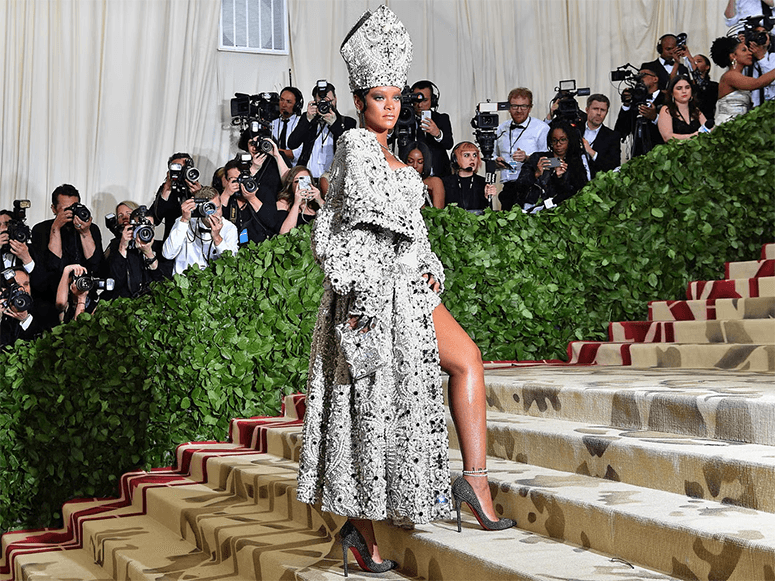
The word has roots in the Sanskrit “divam” (that which shines), before landing in Greek and Latin and later Italian to denote a female deity or goddess. In the 16th century, as the female performer emerged from the all-male actor troupes, so did the diva, closely associated with prima donna during the early 19th century when leading sopranos of opera became goddess-like in the eyes of an adoring public.
The Philippines had its own in Jovita Fuentes, who was declared National Artist in 1976. Portraying Cio-Cio-San in Puccini’s Madame Butterfly at Italy’s Teatro Municipale di Piacenza in 1925, her performance was hailed as “the most sublime interpretation of the part,” leading to many other roles and performances.
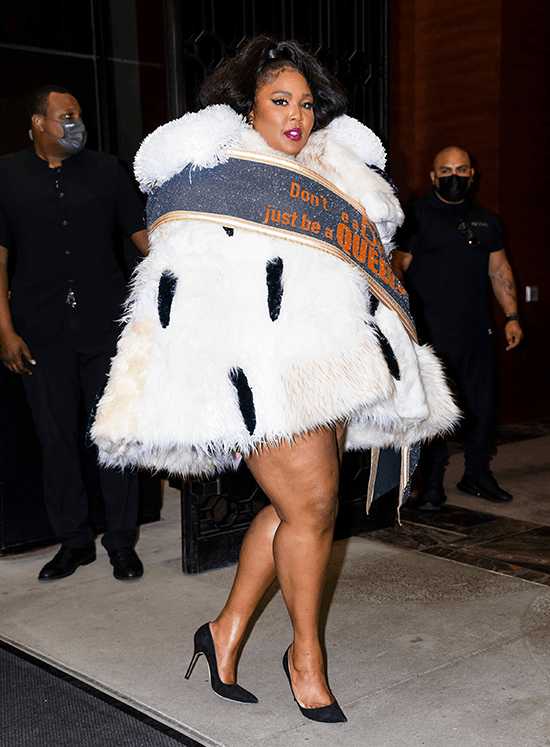
Composers created operas with powerful lead roles that accommodated the growing talent and ambition of the diva. Donizetti’s Lucia di Lamermoor and Rossini’s Semiramide were performed across the continent and provided singers with the vehicle to deliver vocal and emotional gymnastics as bel canto emerged as the quintessential singing style.

In Bellini’s Norma, a priestess sings Casta Diva, a highly charged narrative constructed around the voice of the prima donna. Gilia Grisi’s performance of the role in 1835 in Paris had such a profound impact on the critic Théophile Gautier that he compared the performer to a marble statue of classical antiquity, “a male perspective which perhaps reflects a fear of feminine creative and sexual power, denying the singer mastery over her own artistry by considering her talent to be divinely bestowed,” says Bailey.
During this period, women were often objectified by men and the prima donna, far from being respected by society, was seen in the same light as a prostitute.

It was a challenge to overcome the prejudices in this patriarchal society but some, like the Spanish-born Italian singer Adelina Patti, managed to have financial success, purchasing her own castle in Wales where she also added her own theater to the site, based on Milan’s La Scala.
The Victorian diva’s status is evident in a costume designed by the Parisian fashion house of Victoire Morin and Marie Blossier, renowned couturiers to royalty. Like the influencers of today, she promoted her public image through cartes-de-visites (photo calling cards) and engravings in publications like The Illustrated London News, projecting star quality and respectability as a role model with philanthropic roles in society.
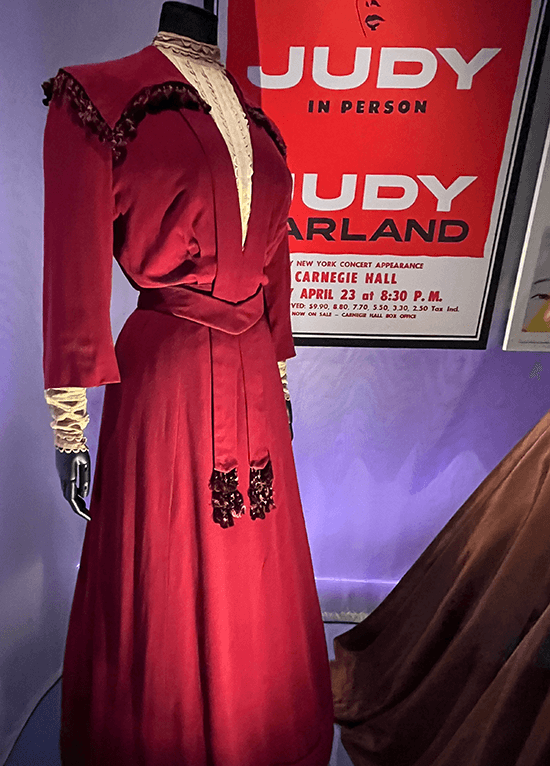
The period also saw the rise of Victorian stars of the stage like Sarah Bernhardt, who challenged gender boundaries and took on powerful male and female roles from Hamlet to Joan of Arc. She was in control of her own image, collaborating with the artist Alphonse Mucha, who created posters that boosted her fame and presented a series of films revealing various amusements and occupations.

Divas of dance would emerge as well. Our very own Alice Reyes, declared National Artist for Dance in 2014, was acclaimed for her pioneering choreographic works like the 1979 Rama Hari, which was recently restaged with the new dance company she created bearing her name to mentor a new generation of dancers and choreographers to come up with new works.
In the West, Isadora Duncan was the pioneer of modern dance who wanted to empower women through their creativity, learning, and self-expression, establishing a school “where I shall not teach children to imitate my movements but make their own.”
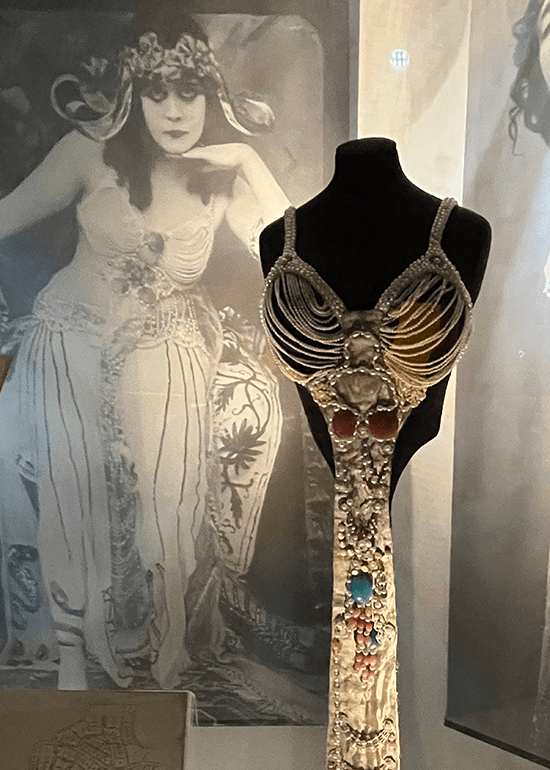
With the arrival of film, many opera, stage, and dance divas were cast as silent movie leading ladies on the screen. Lyda Borelli was one of the first Italian actors to cross from theater to film, securing her stardom with her decadent, vampy persona. Soprano Geraldine Farrar and actor Theda Bara both played the lead in film versions of Bizet’s Carmen in 1915, creating sensational femme-fatale interpretations of the role that shifted representations of the female body and demonstrated how the diva could have agency over their own image and sexuality on film, in contrast to Victorian predecessors.

Studios, however, exploited a star’s image with publicity stunts for box office sales. This would be subverted by Mary Pickford who harnessed her success to gain power by setting up her own studio, United Artists, together with Douglas Fairbanks and Charlie Chaplin, setting up the foundation for female independent stardom and helping to professionalize the business of acting in the 1930s. The fight for gender equality was pushed further by Clara Bow, Katharine Hepburn, and Bette Davis who said, “When a man gives his opinion, he’s a man. When a woman gives her opinion, she’s a bitch.”
By the 1940s, there was a negative depiction of the diva who was trying to rock the status quo as being too difficult, forcing many to work within the power structures of the studios. Stars like Mae West, who said, “When I’m good, I’m very good but when I’m bad, I’m better,” gave a voice of non-conformity and disruption.

In the 1950s, Maria Callas in opera and Marilyn Monroe in film became catalysts for the next generation by asserting their creative freedom and independence even if they were hounded by the press for indiscretions in their private affairs.
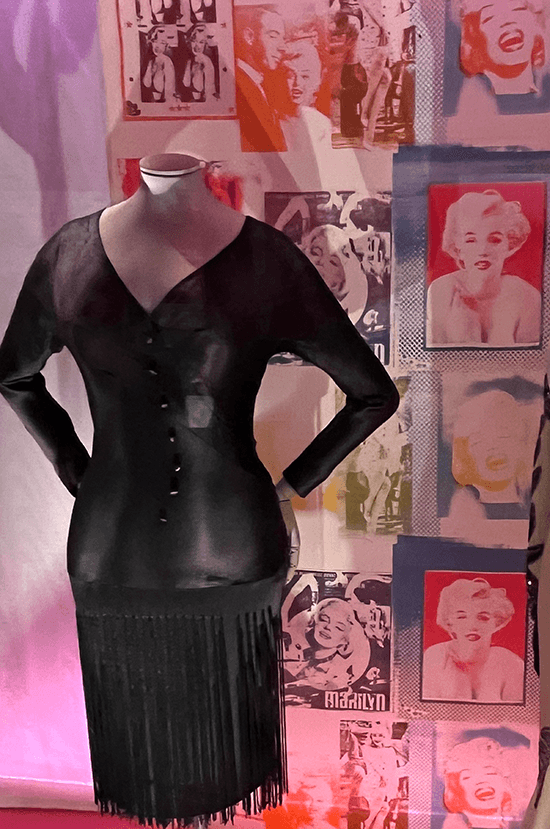
A new breed of empowered divas appeared in the 1960s with sopranos like Joan Sutherland and Leontyne Price retaining that otherworldly power. In rock, pop, and country, Dolly Parton showed sharp business acumen while Barbra Streisand was the quintessential multidisciplinary artist.
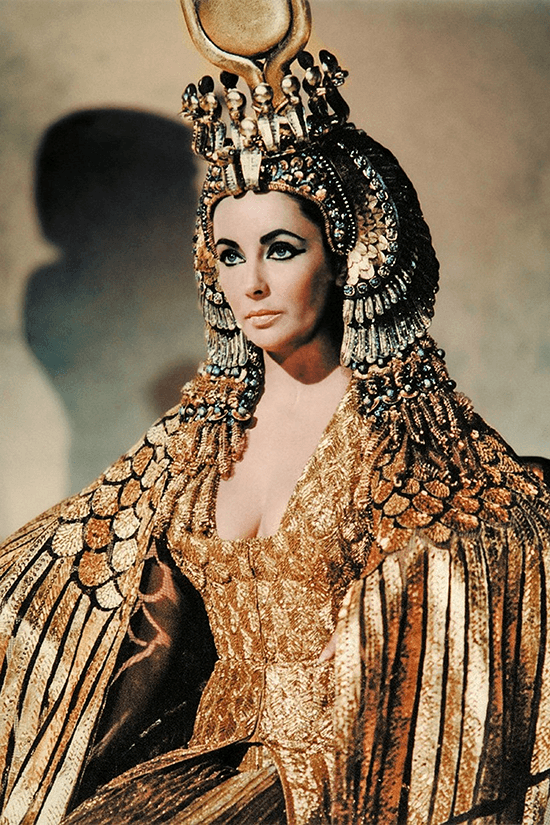
In the 1970s, Cher and Tina Turner broke free from their partnerships to launch stellar careers, working with visionary designers like Bob Mackie to construct iconic stage personas. Male performers like Elton John and Prince showed how the concept of the diva can be fluid.
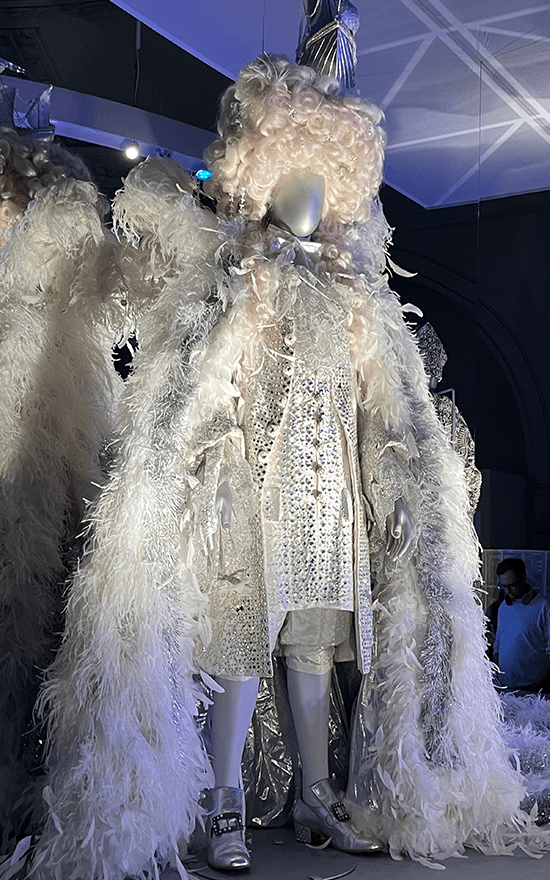
By the new millennium, “diva” encompassed all-powerful performers with attitude while the media reinforced clichés by portraying their careers and creativity in a negative light the way they labeled stars like Whitney Houston and Madonna as “out of control” instead of focusing on their artistry.

The modern diva, therefore, has to constantly challenge public perception and find new ways to own the term, reimagining traditional media like film, video, and stage while using new technologies and social media to communicate and be closer to their fans.
In redefining the diva today, Bailey exhorts us “to shift the negative to the positive, where the unpredictable becomes creative, the aggressive becomes powerful, the self-obsessed is worshipped, the materialist is an entrepreneur, the narcissist is self-aware, the control-freak is a perfectionist, the rebel is a game-changer, and the exhibitionist is an artist.”



